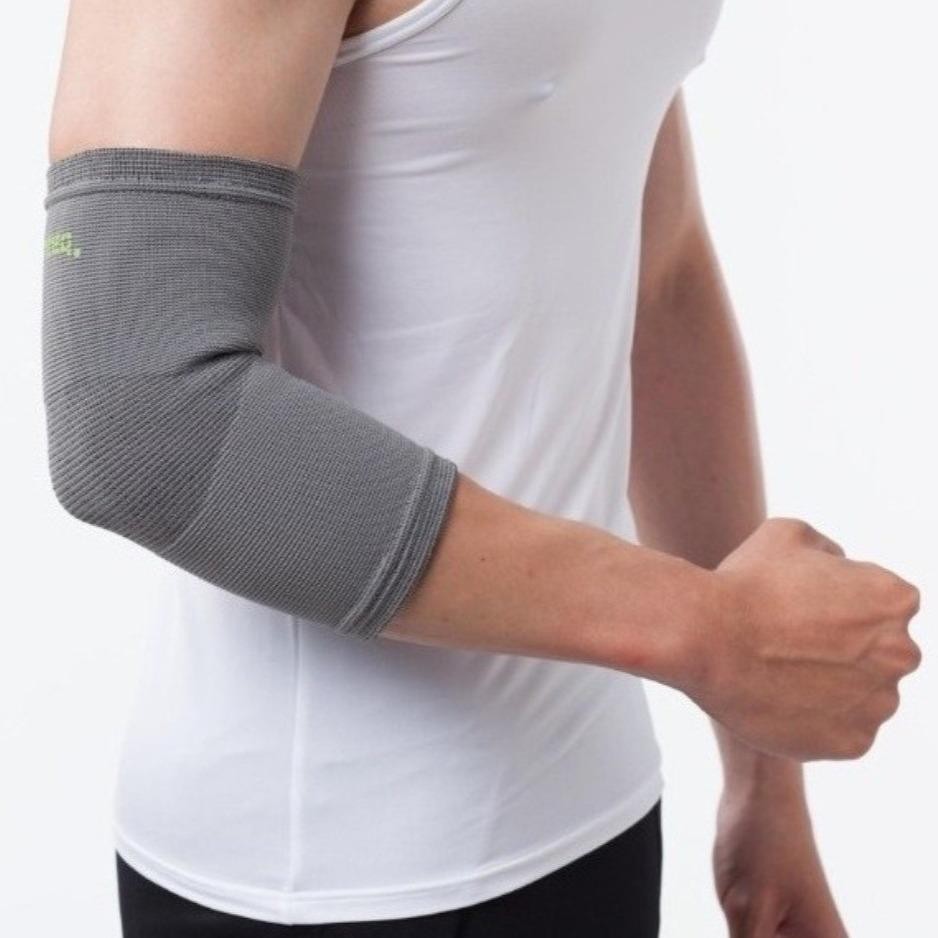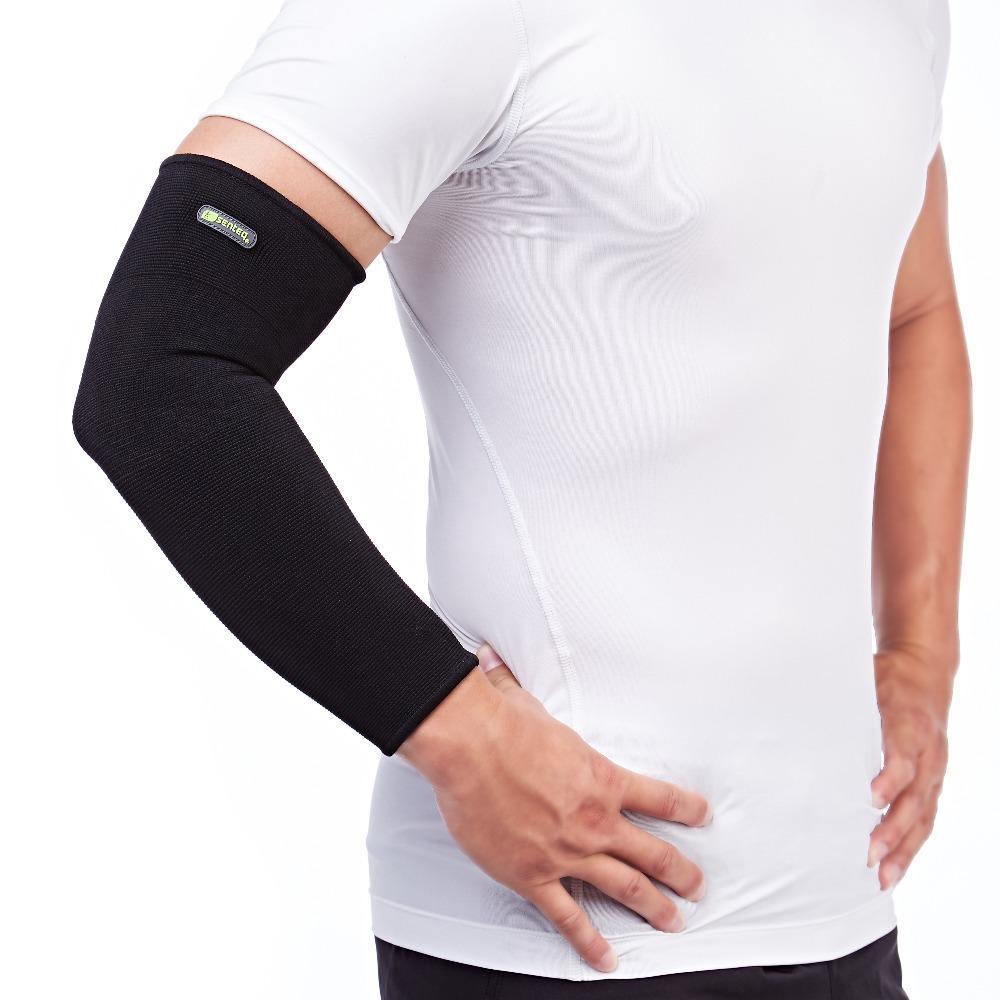What Could Be Causing Your Elbow Pain?
Find out which one of these might be happening to you.
Whether you’re a desk-bound office worker, carpenter, gardener, painter, or sports enthusiast who plays all kinds of sports, you might come across some form of elbow pain at some point during your life.
The bad news is that most people wind up stuck in their cubicles or try to live their lives through pain simply because they don’t know what could be causing the problem.
Your elbow enables you to do many things - from throwing and lifting an object to swinging and hugging. But because of its complexity, things can go wrong.
Your elbow is a joint where three bones come together – your upper arm bone called the humerus, and the two bones that make up your forearm, called the ulna and radius.
The cartilage at the end of each bone helps them slide against each other and helps them absorb shocks. They are held together with tough tissues called ligaments. And your tendons connect your bones to your muscles to help you move your arms.
If you injure any of these parts, not to mention the nerves and blood vessels around them, it can cause you pain.
Common Causes of Elbow Pain
Elbow Dislocation and Fracture
One-time injuries to the elbow such as elbow dislocation or fracture can cause significant pain, swelling, and loss of function. In these situations, call your doctor right away.
Strains and Sprains
You can get a strain when you overwork your elbow muscles, like when you lift heavy objects or push yourself too hard with sports. Athletes who play racquet, contact, or throwing sports are more likely to sustain an elbow sprain. These are mild injuries that can be treated with rest and ice.
UCL Tears
One known cause of UCL tears is overused. These are common among baseball players due to the hard throws that come with playing every game. For mild UCL tears, ice and rest may be enough. Otherwise, medication or a rehabilitation program may help. In more severe cases, surgery may be necessary.
Tennis Elbow and Golfer's Elbow
Tennis elbow and golfer's elbow mean you have damage in the tendons around your elbow. The main difference between the two is the location. Tennis elbow affects the outside of your elbow, while golfer's elbow affects the inside. These conditions are caused by overuse and repetitive movements of the forearm muscles.
Despite their names, these injuries can happen to anyone who engages in activities that involve repetitive movements.
Cubital Tunnel Syndrome
Cubital tunnel syndrome occurs when the main nerve in your arm (the ulnar nerve) is pushed or squeezed against a bony area. This decreases the blood flow to that nerve and causes numbness, weakness, and intense pain.
Cubital tunnel syndrome often results from overuse or improper posture during computer work. In some cases, this condition gets better on its own. In more severe cases, surgery may be necessary.
Treatment
Treatment for elbow pain primarily is rest and medication. Resist the urge to overuse the injured arm. Use ice or a cold pack if swelling occurs. Apply compression to decrease inflammation while at the same time applying heat to increase the blood flow to the area.
Keep your arm elevated when sitting or lying down. To limit movement and alleviate the pain, you may wear an elbow brace. You can also wear an elbow pad when playing sports to protect your elbow from hitting hard surfaces.
To prevent continued injury, consult your doctor and discuss physical therapy options that may be necessary to regain motion and range of motion of your arm and hand.
Conclusion
Several potential factors could be causing your elbow pain. It's important to consult with a healthcare professional to get an accurate diagnosis and prevent permanent damage to your elbow.





